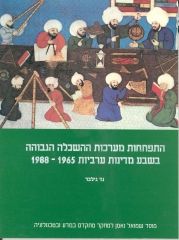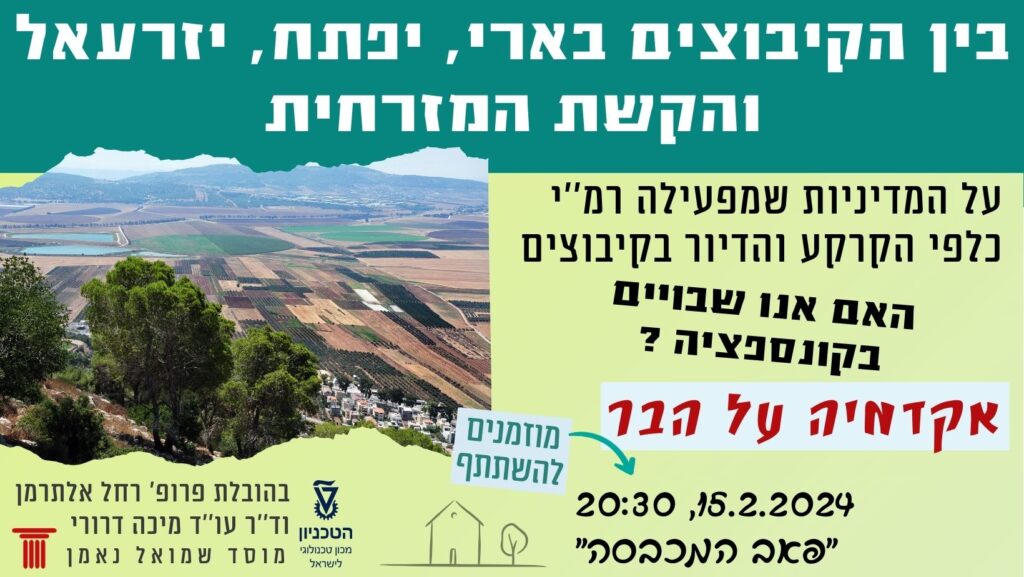The “Oil Decade” (1973-1982) aroused great expectation in Arab societies in the Middle East, expectations for deep and fast transformations in a broad variety of areas – political, economic, social and cultural. In the 1980’s there were indications that disappointment was setting in since most of the expectations did not materialize. This development, which was common to large publics in the Arab countries, was also expressed in projects of Arab researchers. However, it is widely agreed that the educational systems and especially the higher education sector are one of the few areas that have undergone extensive transformation.
There are many aspects to the transformations of the higher education system in the Arab countries during the last generation, transformations that are outstanding in their dimension (quantitative transformation), transformation in curricula and in research achievements of the academic staff (transformation of a qualitative nature). Each of these changes, quantitative and qualitative, deserves separate examination and probe. Examination methods and tools, not to mention information categories, are, to a large extent, different and separate. This work focuses on examining the quantitative transformation only. Based on this examination and after it, it will be possible to continue the study of the qualitative changes.
Four sets of questions are at the basis of this quantitative research:
1. What were the changes in the number of students registered at the institutes of higher learning in the Arab countries, and in addition to this, what were the changes in the size of the academic staff? In this context the obvious question was what new universities were established in the Arab countries?
2. In parallel to the change in the number of registered student was there also a change in the distribution of the student population according to demographic criteria and fields of study? More specifically – the research sought to examine whether there was a change in the proportion of women in the student body and also to learn about the transformations in the proportion of students studying exact sciences (including life sciences) and engineering among the student body.
3. What are the changes in the total number of students successfully completing their studies (“recipients of degrees”). And also what is the distribution of the graduating students according to their fields of study. More specifically, the research sought to examine the rate of change in the number of graduates in exact sciences and engineering.
4. And finally, did the changes in the number of registered students also bring about a change in the proportion of students in the relevant age groups and also in the proportion students in the whole population of each of the countries included in the research.












